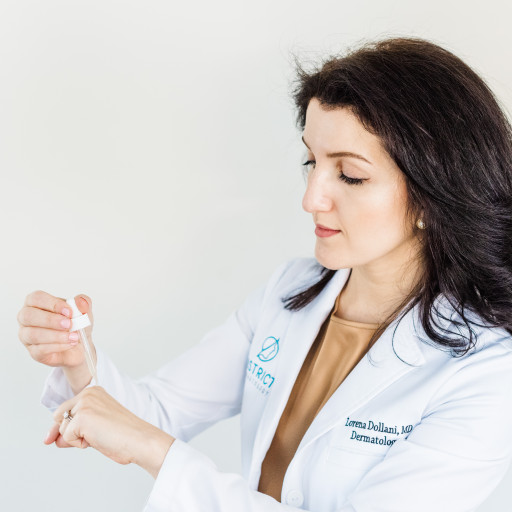Our skin is the largest organ of the body and as such it performs numerous functions. This organ is the barrier that protects us from infections, injuries, heat, UV rays, and temperature changes. Seeing its importance, it is only fair that we take good care of it, avoid risk factors, and beware of causes of skin cancers as most of them are preventable with diligent protection of your skin.
What Is Skin Cancer?
Skin cancer is defined as the abnormal growth cells in the layers of the skin. Depending on the type of cell growth, the most common types of cancers that occur in the skin are basal cell carcinoma (BCC), squamous cell carcinoma (SCC), and melanoma.
What Causes Skin Cancer?
While the exact causes of skin cancer are still not entirely known to science, the most common risk factors that can lead to it include the following:
UV exposure
Ultraviolet (UV) light is a form of radiation that we get from sun exposure, indoor tanning beds, or sun lamps. This is one of the biggest risk factors associated with skin cancer, therefore it is crucial to protect the skin by applying sunscreen daily and avoiding sun exposure when its rays are the strongest. Sunburns and especially blistering sunburns put you at a higher risk for developing skin cancer.
Light skin & eye color
Skin cancer affects all skin or eye color, however, people with lighter skin and light eye color are more at risk due to their lack of melanin, the pigment that helps to protect the skin from UV rays.
If you have pale skin, blue or green eyes, naturally blonde or red hair, and a tendency to burn easily when exposed to the sun, you are at a greater risk for developing skin cancer in comparison to people with darker skin and eyes.
Family or personal history of skin cancer
A family history of skin cancer is another factor that should be taken into account when considering the potential risks for this condition. Moreover, if you have a personal previous history of skin cancer, it is important to get your skin checks regularly.
Old age
Due to the accumulated exposure to UV radiation, the risks of developing cancerous cells in the skin increase with age. Most basal and squamous cell carcinomas appear after age 50, with a current increase in the number of skin cancers in people aged 65 and over.
Moles
While most moles are harmless and will most likely develop into cancer, there is still an increased risk of skin cancer in people who have a large number of moles or abnormal moles (dysplastic nevi.) If you notice any growth or change in them, it is best to consult your doctor to make sure it is not cancerous.
Skin Cancer Signs
Early detection of skin cancer is a vital step to the effectiveness of its treatment, therefore it is important to regularly check for signs both at home and with your board-certified dermatologist. Here are some of the symptoms to look out for:
Melanoma
The earliest sign of melanoma is most often a new mole or a change in the appearance of an existing mole. Some of the changes that can indicate the development of skin melanoma are knowns as the ABCDEs of melanoma.
A- Asymmetry of the mole. If you were to draw an imaginary line in the middle, is it symmetrical on both sides?
B- Irregular borders that are scalloped or fade.
C- Development of more than two colors.
D- Diameter greater than 6 mm of #2 pencil eraser.
E- Evolution of a mole or changing moles.
- change in the mole’s shape
- change in the mole’s color
- bleeding or formation of crust in the skin
- itchiness or soreness of the skin.
Basal cell carcinoma
This type of cancer usually occurs in areas of the skin that are most exposed to UV radiation such as the head, face, and neck. Some common signs of basal cell carcinoma are:
- a sore that won’t heal or reappears after healing
- an open sore that may bleed, ooze, or form into a crust
- a raised red patch or irritated area
- a pink growth with raised edges and an indented center
- small shiny bumps or nodules that are typically pearly white, clear, pink, red, or white.
Squamous cell carcinoma
Usually, squamous cell carcinoma also develops in parts of the skin that are more exposed to UV radiation like the face, lips, ears, head, shoulders, neck, back of the hands, and forearms, but it can also appear in other parts of the body, including the genitals. Some signs to look out for are:
- a sore that won’t heal or reappears after healing
- a bleeding, crusty sore
- rough, scaly red patches with irregular borders
- raised lumps with an indent in the center
- wart-like growths
- itchy, irritated, or sore growths or areas.
Skin cancer is both one of the most common cancer diagnoses and the most preventable one, therefore protect your skin daily and consult your dermatologist if you spot any of the signs and symptoms mentioned above.


